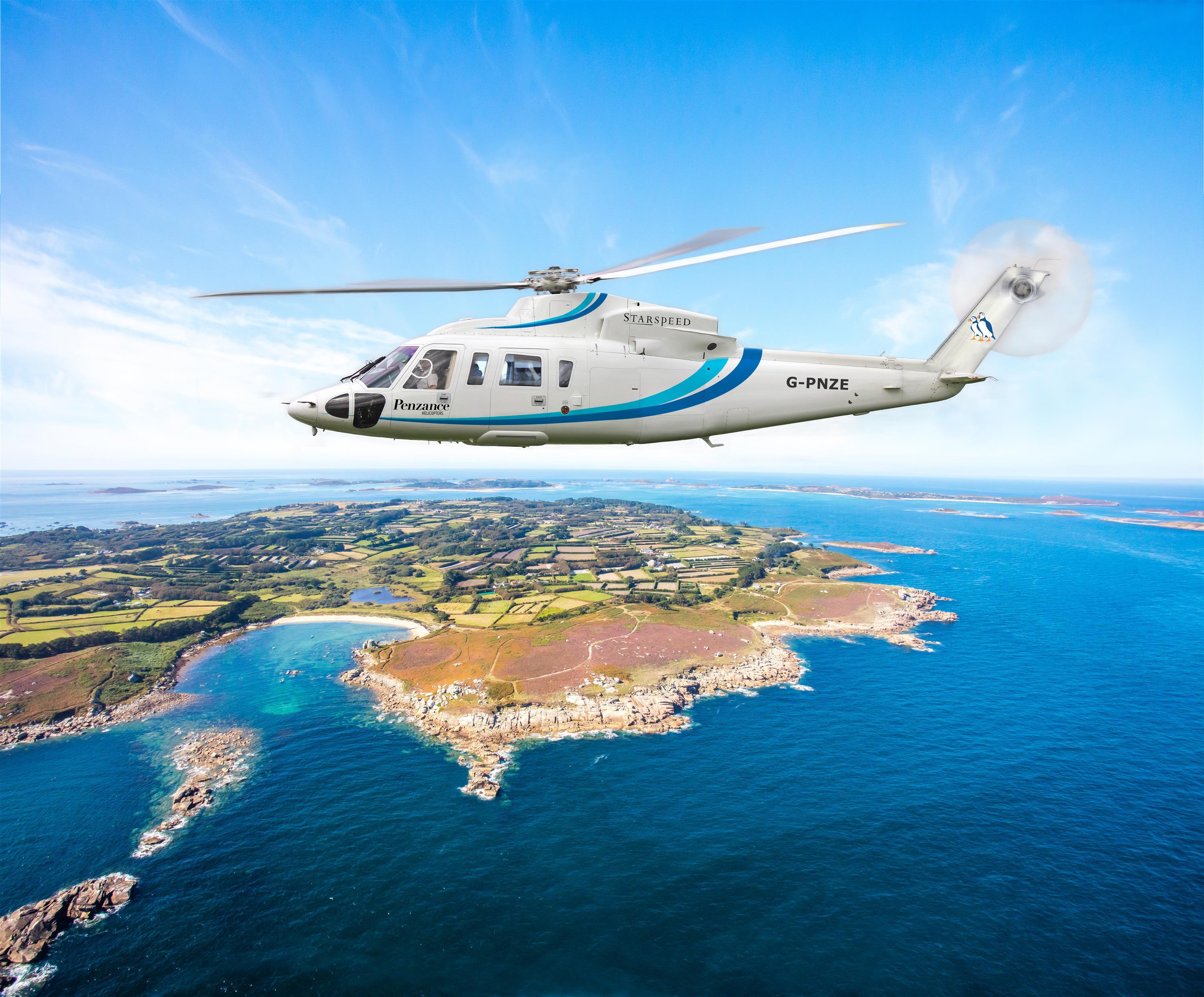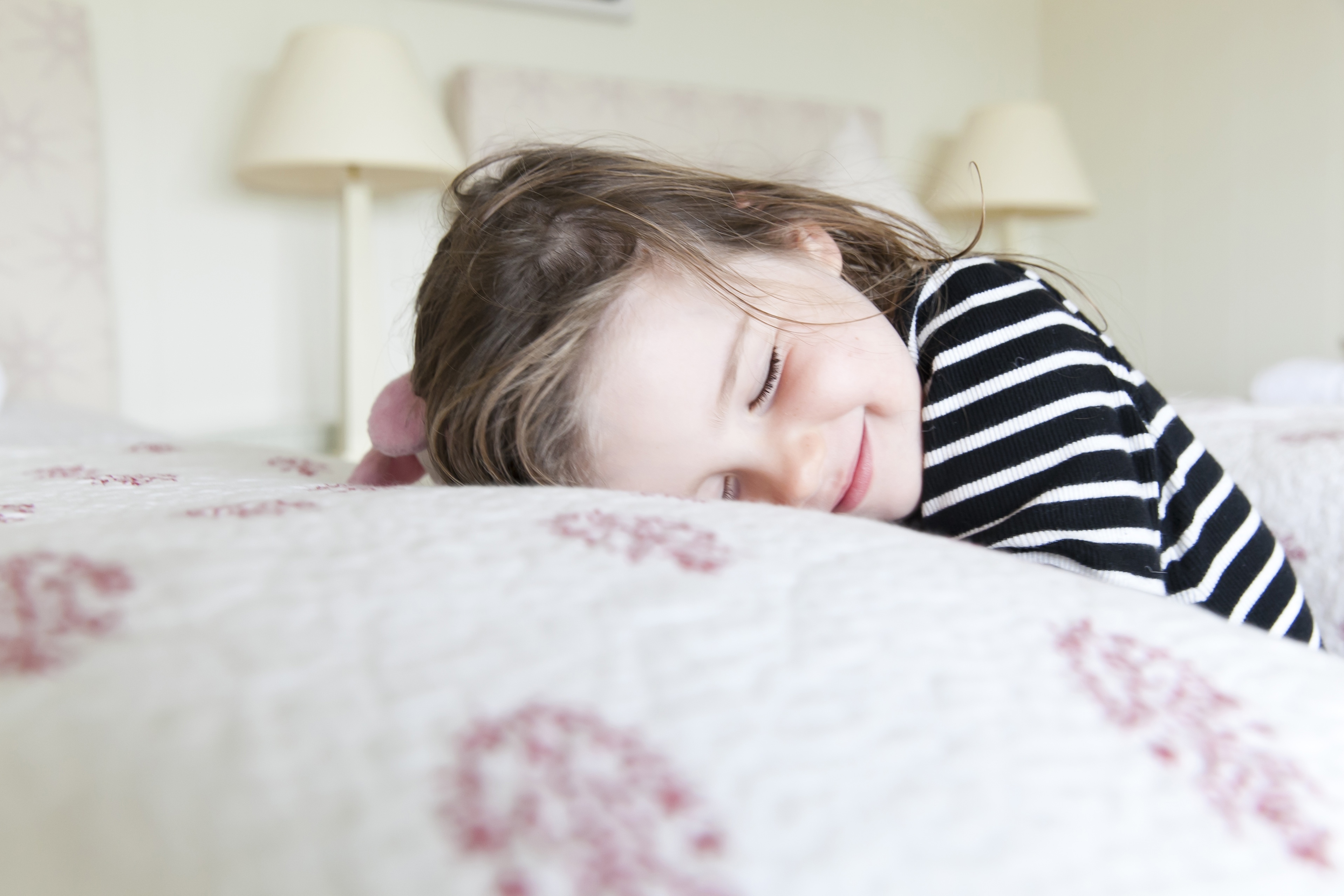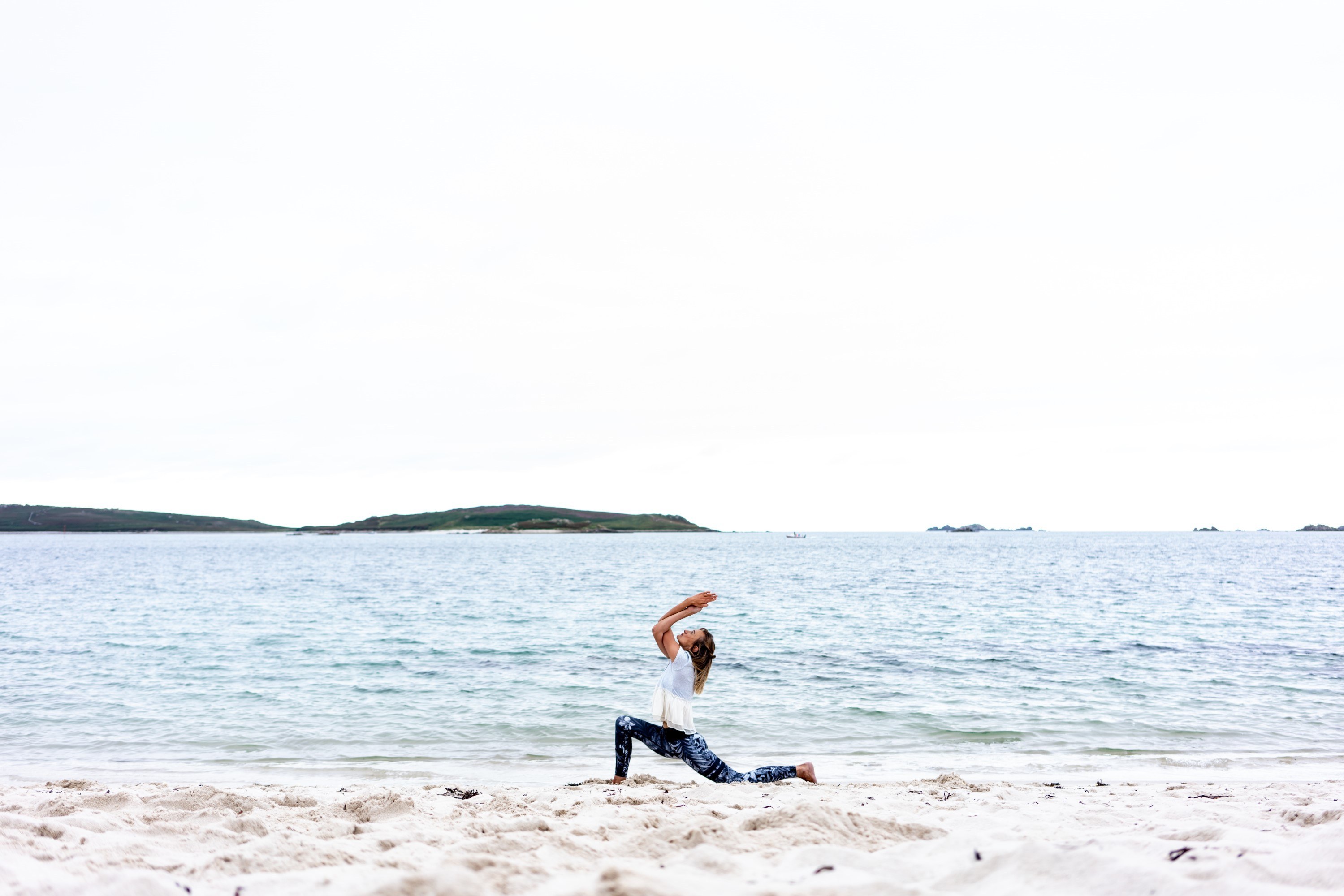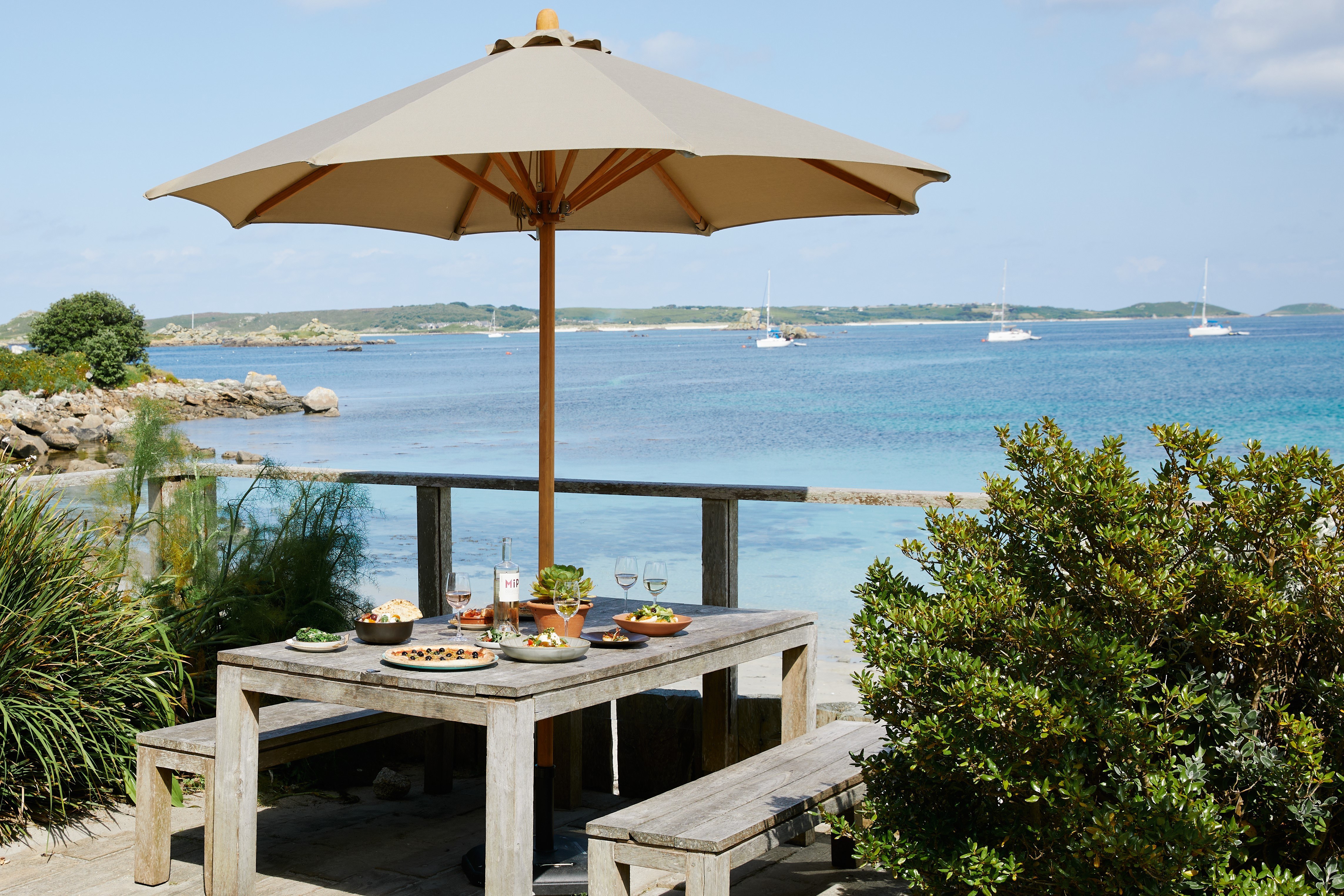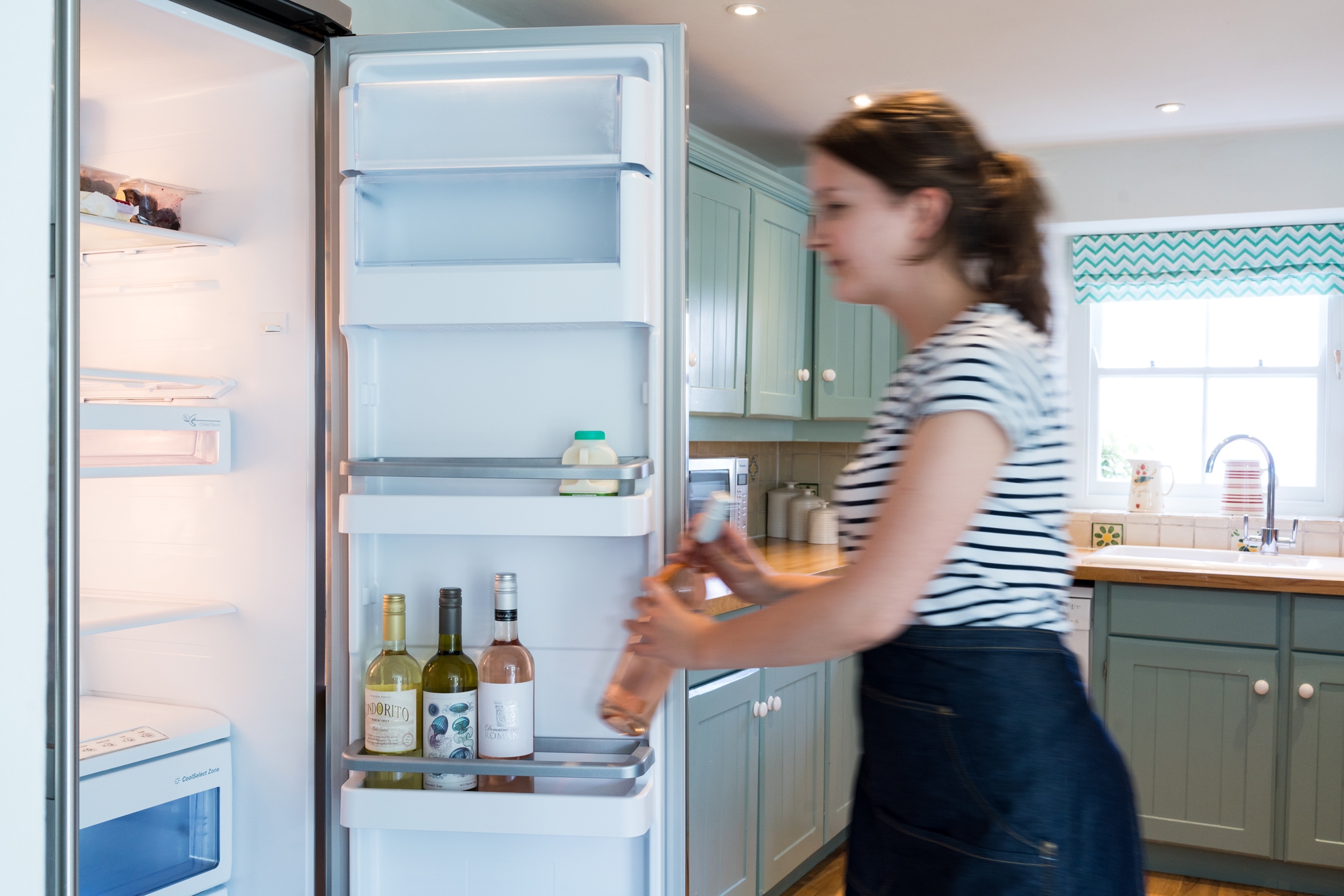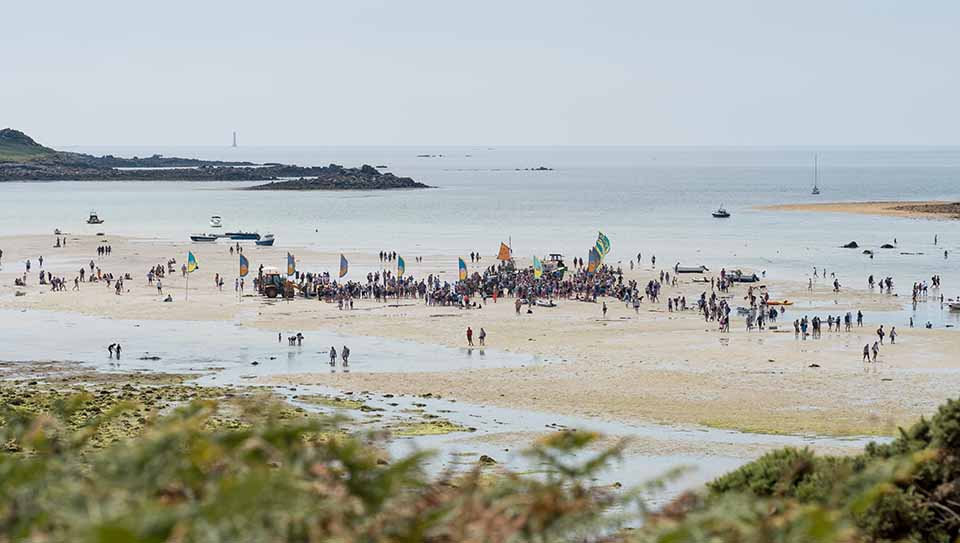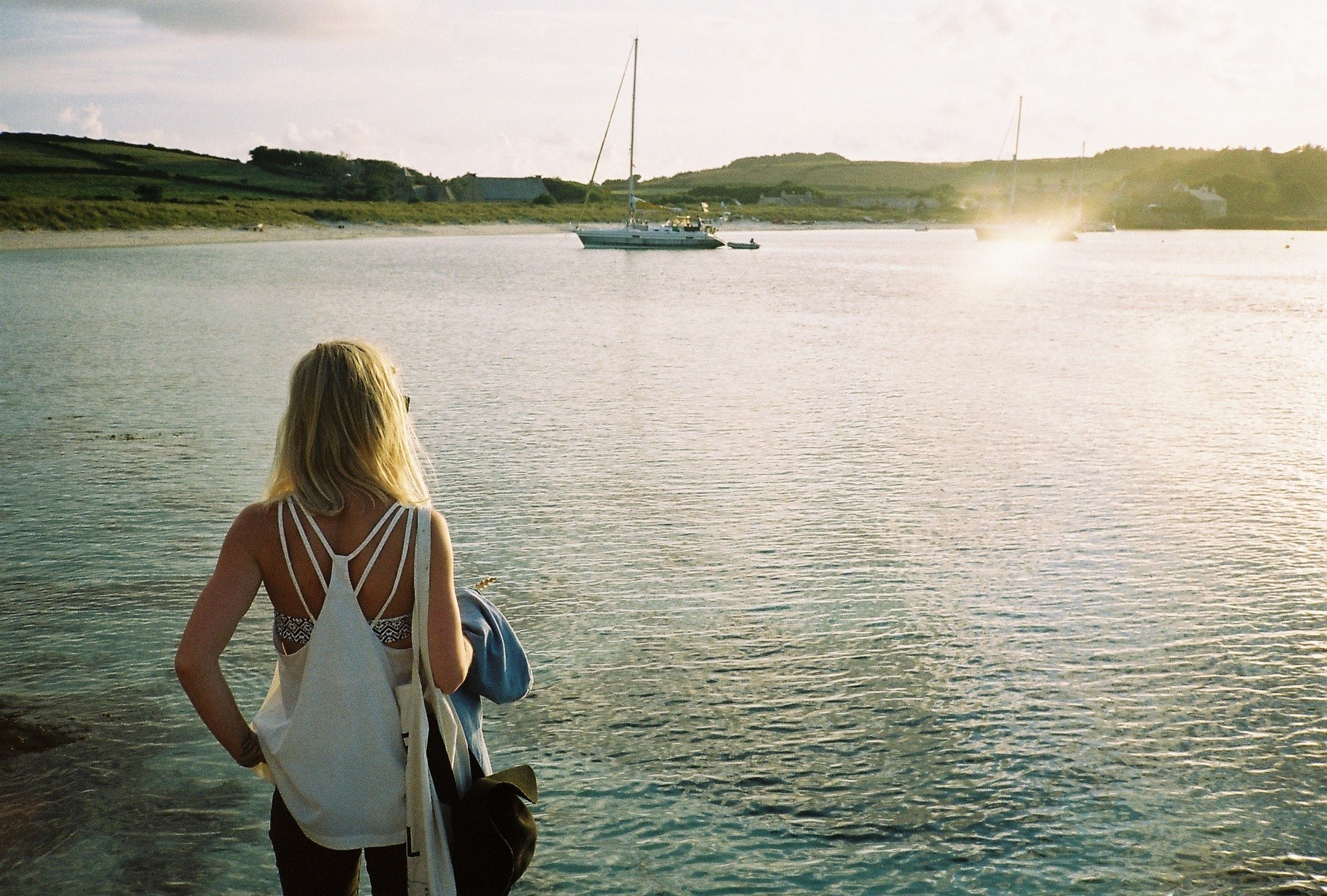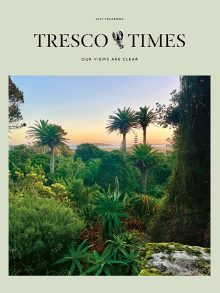Figureheads of the Abbey Gardens by Brenda Bracken
Tresco Abbey Garden is home to a collection of ships figureheads and other artefacts that come from shipwrecks that took place on and around the Isles of Scilly.
First collected by Augustus Smith, the then Lord Proprietor of the Isles of Scilly, the figureheads soon formed a collection which Augustus named Valhalla. Today the collection of figureheads is owned by the National Maritime Museum in Greenwich, which maintains it by spending one week each year at Valhalla, carrying out the necessary restoration work to ensure that the figureheads are kept in top condition.
Figureheads have adorned ships since Egyptian times about 3,000 years ago, those in the Valhalla collection being mainly from the 19th century. They are made of wood, and would have been hand carved from either the whole trunk of a tree or from pieces of wood glued and nailed together. Once completed, they would have been painted to prevent them from rotting and to ensure that they would endure the harsh weather at sea. In fact, they may also have been painted while at sea!
When a new ship was built, a figurehead was usually made for it, which may have depicted a member of the ship owner’s family. To sailors, the figurehead was thought to have brought good luck to the ship and crew on each voyage. It was also a way for an illiterate sailor to identify his ship, when returning to it after a night out ashore!
The Valhalla figurehead collection is an acknowledgment to the many shipping tragedies that took place around the Isles of Scilly throughout the centuries. None more so than the tragic sinking of the Falkland in 1901, when, travelling from Tacoma to Falmouth carrying grain, it struck Bishop Rock, sinking within minutes. Of the 31 crew and 2 passengers aboard, the captain and 5 crew members went down, and the rest of the crew along with the 2 passengers, the captain’s pregnant wife and young son, survived.
Or the Primos, carrying sugar from Havana, struck the Seven Stones, sinking within 12 minutes, taking with her 11 of the 12 crew. The sole survivor stayed alive by clinging to a hen coup for 2 hours. He was so numb with the cold that he was about to let go and be claimed by the sea, when he spotted the ship’s figurehead. He swam over to her and held on for another hour until one of the ship’s boats floated by which he was able to row to English Island Neck, near St. Martin’s Island, from where he was rescued.
On a lighter note, in July of last year, the Valhalla museum hosted a 2-day workshop for over 90 primary school children of the Five Islands’ School. Valhalla Day as it was called, comprised two activities – Figurehead Workshops in which the children made figureheads from dampened plaster bandages wrapped around chicken wire and then painted, and the Valhalla Trail which consisted of the children carrying a trail pack, followed a trail around the garden as shipwrecked sailors in search of plants that could be used as food, drink and herbal remedies. The trail packs are still available for anyone who would like to get around the garden in a fun way.
